China’s financing and investment spread across 61 BRI countries in 2023 (up...
2024-02-27 31 英文报告下载
In 1998, the estimated life expectancy of a North Korean man was 59.5; it increased to 66.5 in 2018. Life expectancy for North Korean women increased from 66.4 to 73.3 during the same period. By comparison, a South Korean man’s estimated life expectancy was 71.2 in 1998 and increased to 79.7 in 2018. A South Korean women’s estimated life expectancy was 79 in 1998 and increased to 85.7 in 2018 (KOSIS, 2019). North Korea’s per-capita daily nutrient supply has declined since 1990. Its energy supply decreased to 2,094 from 2,370 calories; its protein supply, to 55.0 from 75.7 g; its fat supply, to 27.1 from 46.2 g. It is estimated that North Korea had 4,800 elementary schools, 4,600 middle and high schools, and 490 universities in 2016. It was estimated that 210 people per 10,000 in the population attended university in 2016, a third the rate of university enrollment in South Korea (KOSIS, 2017).
All these indicators underscore the poverty of North Korea and the dire need for economic development.4 Given the low-income levels, domestic savings are unlikely to supply enough capital to the market and foreign investment would be needed to fuel economic growth. The widespread food insecurity also highlights the critical importance of the agricultural sector. Addressing the issue of hunger will also have benefits for health and education. Table 2.4 shows that in 2016 mining and manufacturing constituted a third of the economy, followed by services and agriculture, forestry, and fishing. In 2018 (for which details on all subsectors are not available), agriculture and services had increased in share at the expense of other sectors. In Chapter 4, we conduct a more detailed sectoral analysis to identify sectors to prioritize for reform.

标签: 英文报告下载
相关文章
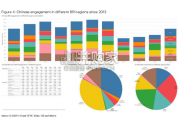
China’s financing and investment spread across 61 BRI countries in 2023 (up...
2024-02-27 31 英文报告下载
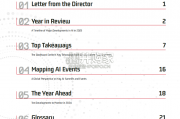
Though the risk of AI leading to catastrophe or human extinction had...
2024-02-26 51 英文报告下载
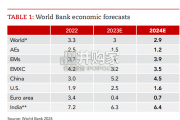
Focusing on the prospects for 2024, global growth is likely to come i...
2024-02-21 96 英文报告下载
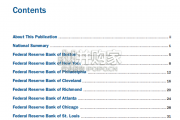
Economic activity declined slightly on average, employment was roughly flat...
2024-02-07 67 英文报告下载
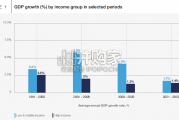
Economic growth can be defned as an increase in the quantity or quali...
2024-02-06 82 英文报告下载
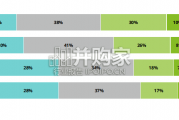
In this initial quarterly survey, 41% of leaders reported their organizatio...
2024-02-05 66 英文报告下载
最新留言